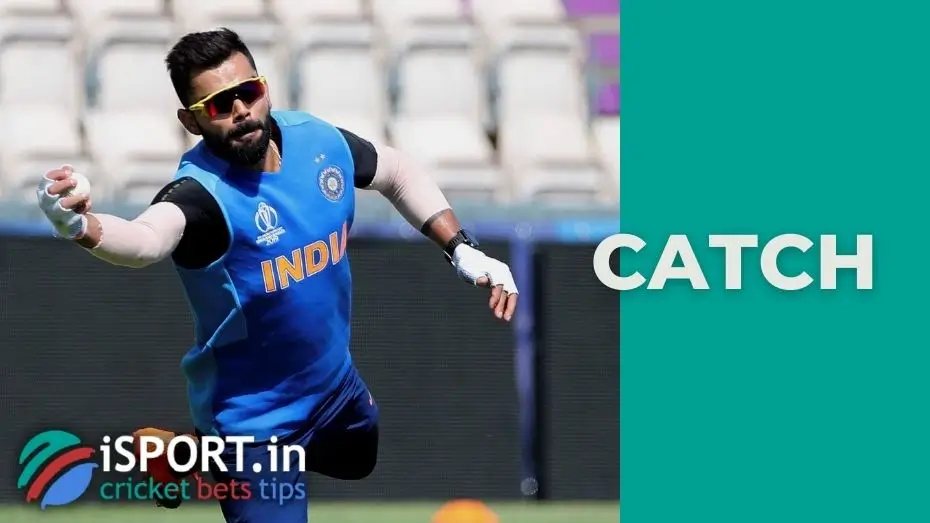Catch

Today in cricket championships, there are different ways to exclude the batsman from the game. To do this, the player needs to catch the ball when the bat hits it correctly. The most common removal of a batsman is when an outfield player catches the ball immediately in his hands, without it bouncing off the ground. Then the batsman is caught. Of course, there are other ways in which a batsman will end his game. Read more about this in our prepared material.
Catch
There are two main tasks in professional cricket:
- Batsmen successfully knock the ball and earn as many runs as possible;
- Bowler is good to serve, and field players need to exclude batsmen from the game in a short time.
So the term catch refers to the second task. Catch, try to catch – all these are synonyms. When a batsman hits the ball, the outfield players have a chance to catch. To do this, they can use one and both hands before the ball touches the ground, but nothing else. In turn, only the wicket-keeper (also applies to field players) is allowed to use gloves during the ball’s flight. If the outfield players can catch the ball before it touches the ground, the batsman is considered caught.

